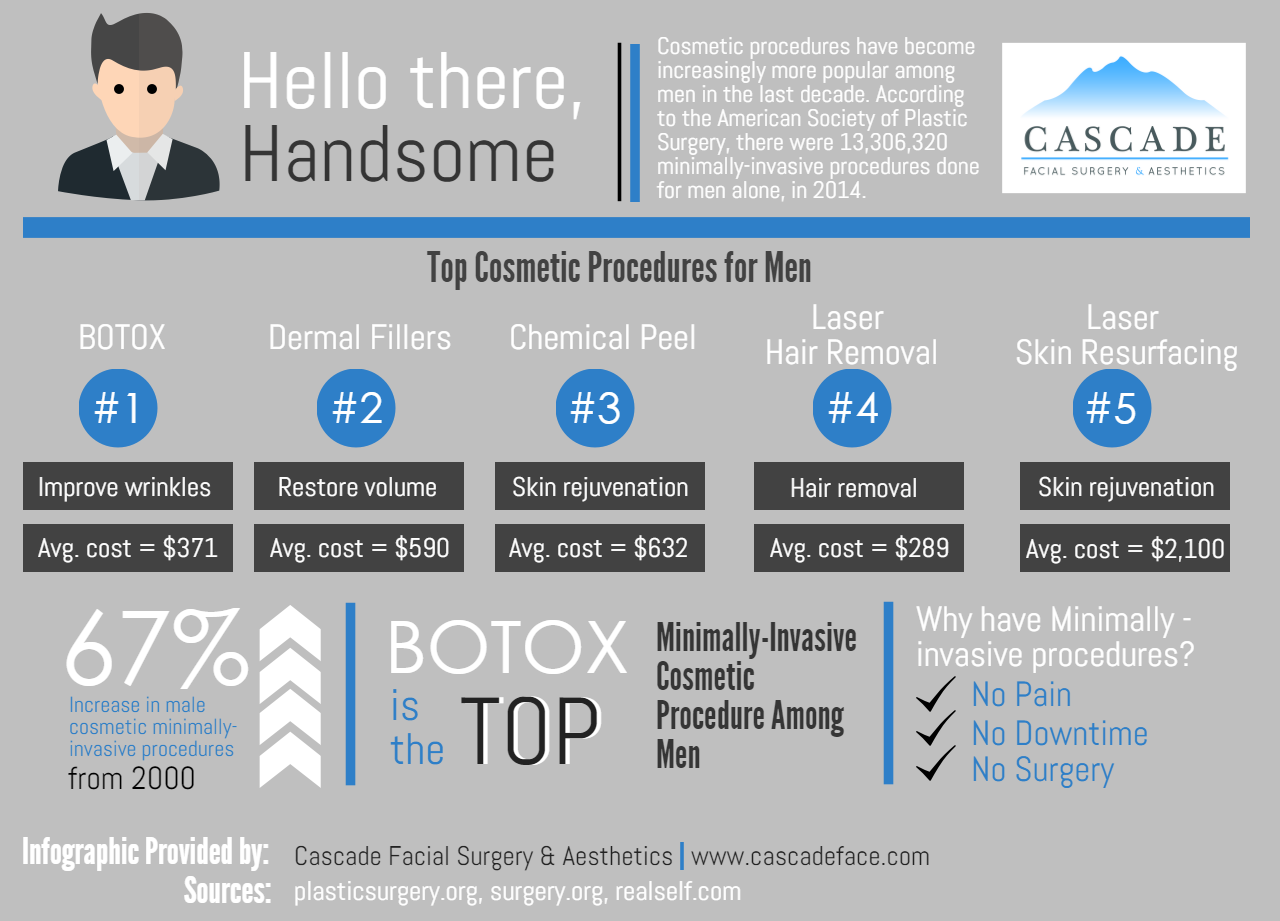Light And Laser Therapies
Light And Laser Therapies
Blog Article
Just How Does Photodynamic Therapy (PDT) Work?
Photodynamic therapy (PDT) incorporates a light-sensitive medication with special light to kill malignant and precancerous cells. Your medical professional places the drug on your skin or inside your eye and afterwards beams a light on the therapy area.
This mix kills cancerous cells and spares healthy tissue. Yale Medicine pulmonologist George Eapen, M.D., discusses exactly how this works.
The Photosensitizer
Photodynamic therapy (PDT) uses a mix of light and a medication called a photosensitizer to eliminate malignant or precancerous cells and extra healthy and balanced cells. You get an injection of the photosensitizer, which is then activated by light in your body. The photosensitizer is absorbed by both healthy and cancerous cells but isn't poisonous till it is turned on by the light.
Light-absorbing particles, referred to as photosensitizers, are found in plants and pets, consisting of human beings. There are lots of photosensitizers, however many are able to soak up a certain variety of light wavelengths.
Once the photosensitizer is subjected to a light with a matching spectral range, it's converted from its ground state right into a fired up singlet state. This allows it to transfer power to molecular oxygen, creating singlet oxygen and cost-free radicals that moderate mobile poisoning.
The Light
During treatment, an unique light is beamed on the location where the photosensitizer was applied. This light turns on the medicine and destroys cancer cells or precancerous cells that it has targeted.
The medications that are utilized in photodynamic therapy have various absorption buildings and some of them might take hours to leave typical cells but remain much longer in cancer cells or precancer cells. This procedure permits the doctor to target cancer cells extra specifically than various other types of therapies that utilize noticeable light, such as lasers or electrocautery [54]
Photodynamic therapy can deal with the earliest spots of sunlight damage called actinic keratosis and can reduce skin cancer advancement in people at high danger for developing the problem. It is also an alternative for some clients with damp type age-related macular degeneration, which is a typical source of loss of central vision in older adults. It can not bring back the loss of vision brought on by this illness, but it can decrease the development of unusual blood vessel rejeron facial growth that creates wet AMD.
The Activation
Photodynamic therapy (PDT) utilizes a medicine and light to deal with cancer cells and other skin disease. It targets precancerous cells and kills them. Unlike various other cancer treatments that burn and ruin, this therapy kills precancerous cells while sparing healthy and balanced tissue.
The photosensitizer is supplied into the skin with topical, oral or intravenous administration. It is soaked up by the growth cells and activated when revealed to light of a certain wavelength. This activates a sequence of photochemical responses that creates responsive oxygen types (ROS) that damage tumor tissue and eliminate cancer cells.
PDT is usually used to deal with actinic keratoses and in situ squamous cell cancer (Bowen disease). It can additionally be utilized to treat various other kinds of skin cancer cells, including surface basal cell cancer. It can be made use of alone or with other therapies, such as surgical procedure or radiation. It can even reduce growths in the lungs, allowing surgical procedure or other therapy to be safe and efficient.
The Treatment
PDT works finest in little abnormal locations of tissue that a light source can get to, such as the skin, eyes, mouth or food pipe (gullet) and lungs. It is additionally utilized to deal with precancerous growths, such as actinic keratoses, which are sun-damaged cells that can develop into cancer.
Medical professionals provide the photosensitizer as a lotion or injection, and afterwards beam a light on the treatment location. The light damages the unusual cells. While healthy cells take in the photosensitizer, it remains much longer in cancerous cells.
After the treatment, your body naturally deals with the dead cells. Individuals with lung cancer might experience coughing up blood or have a bronchoscopy to remove the lungs of the dead cells. In some cases, your doctors may make use of a bronchoscopy to remove the photosensitizer from the lungs also if it creates serious signs. It is necessary to stay inside your home and utilize sun block when you go outside while the photosensitizer is in your system.